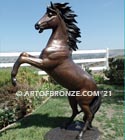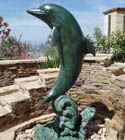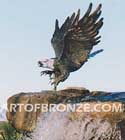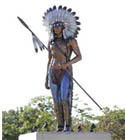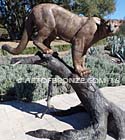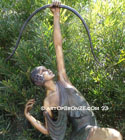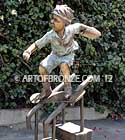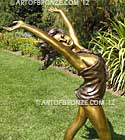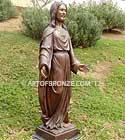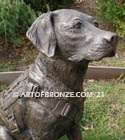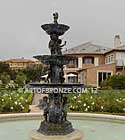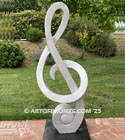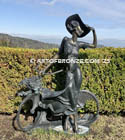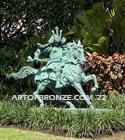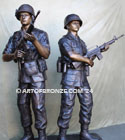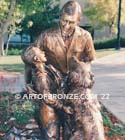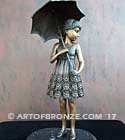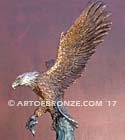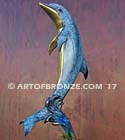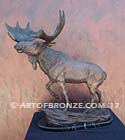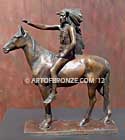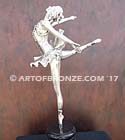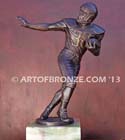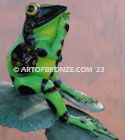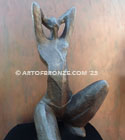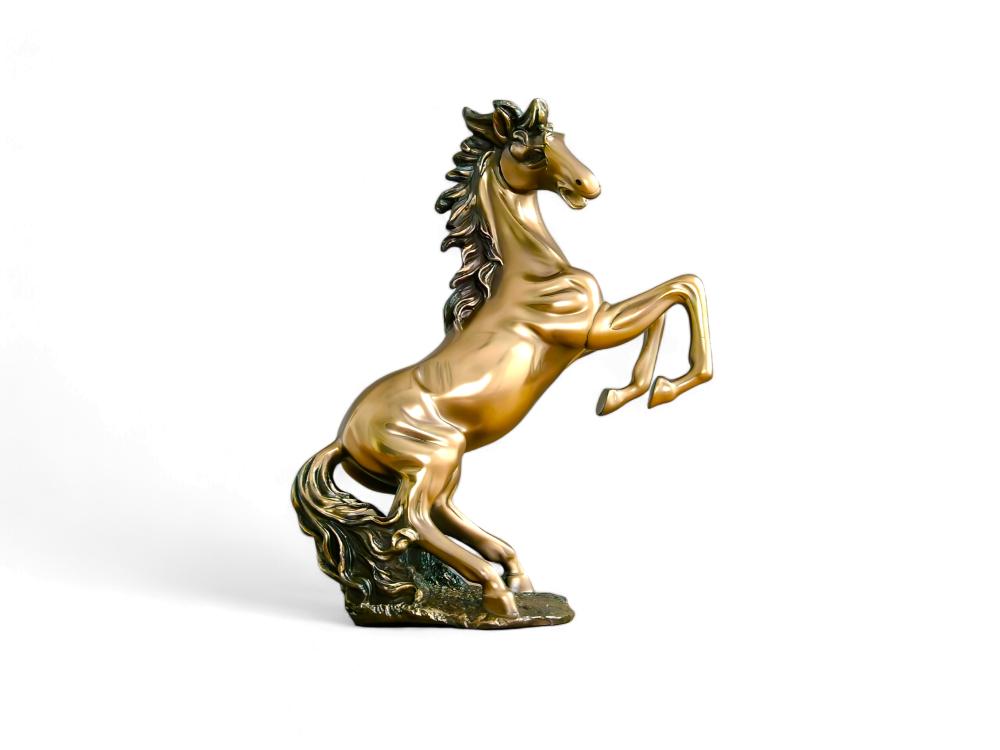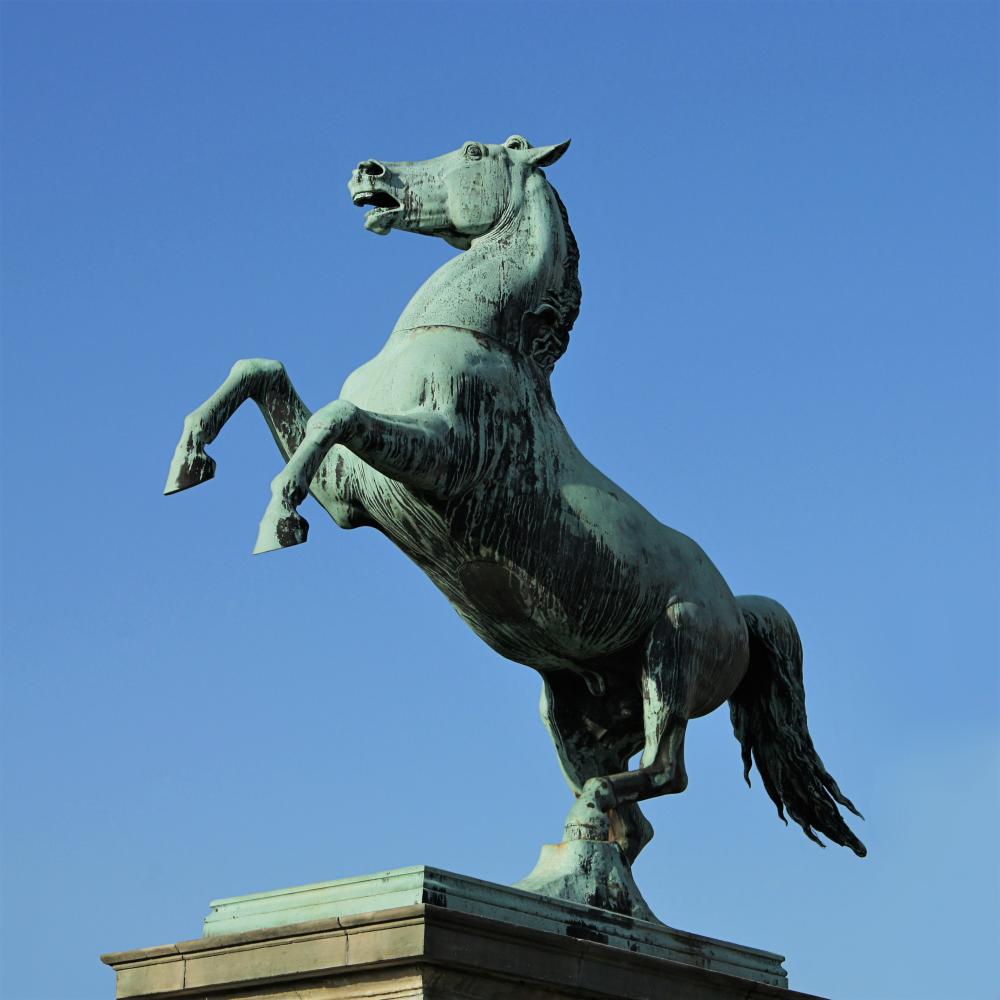The Art of Bronze Horse Sculptures: A Timeless Craft
Crafting bronze horse sculptures is an art that combines precision, creativity, and a deep understanding of equestrian elegance. With over two decades in the field, working at Art of Bronze has provided me with an unparalleled perspective on this unique artistic expression. The intricate process of sculpting from clay or wax to casting in bronze is labor-intensive, yet it yields pieces that capture the grace and power inherent in horses. These sculptures aren’t just objects; they are celebrations of a timeless bond between humans and horses, providing insight into cultures and periods where these majestic creatures played pivotal roles.
At Art of Bronze, each piece is crafted by artisans who bring sculptures to life with a focus on minute details–from the musculature of the equine form to the delicate nuances of the mane. It’s a process that requires not only technical skills but also an emotional connection to the subject matter. Observing the evolution of material into an object of art is a testament to the enduring appeal of bronze horse sculptures.
Why Choose Bronze Horse Sculptures for Your Collection?
Bronze horse sculptures offer several advantages for art collectors and enthusiasts. Firstly, the durability of bronze as a medium ensures that these pieces can withstand outdoor elements, maintaining their elegance through seasons and generations. Additionally, bronze sculptures develop a beautiful patina over time, adding character and unique beauty to each piece.
For collectors seeking to infuse their spaces with a sense of history and nobility, bronze horse sculptures provide an aesthetic that is both classical and contemporary. These sculptures serve as conversation starters, reflective of a sophisticated taste and a deep appreciation for equestrian art. The versatility in size–from table-top miniatures to life-sized statues–allows them to complement diverse spaces, whether in a cozy study or a vast garden.
Beyond aesthetics, the artistry involved in creating bronze horse sculptures ensures that each piece is unique. Collectors are not merely purchasing a sculpture but acquiring a story captured in bronze. At Art of Bronze, we often work closely with clients to personalize pieces, weaving their vision into the art. This collaboration results in a sculpture that resonates deeply with its owner, adding a personal dimension to art collection.
How Are Bronze Horse Sculptures Made?
The process of creating bronze horse sculptures is both intricate and fascinating. Here is a step-by-step overview:
- **Modeling**: The sculpture begins as a model, typically crafted in clay or wax. This stage allows artists to refine the details and proportions.
- **Mold Making**: Once satisfied with the model, a mold is made, usually from silicone or plaster, capturing the detailed artistry of the original.
- **Wax Casting**: Molten wax is poured into the mold to create a wax replica of the sculpture, which is inspected and refined to ensure accuracy.
- **Investment Casting**: The wax model is encased in a ceramic shell, which is heated to remove the wax, leaving a hollow mold.
- **Bronze Pouring**: Bronze is melted at temperatures exceeding 1,000°C and poured into the ceramic mold, which is then cooled and broken away to reveal the rough bronze figure.
- **Finishing**: The sculpture is polished, and any imperfections are corrected. Patinas are applied to enhance the natural look of the bronze, and the piece receives a final sealant.
This laborious process underscores the skill and dedication required to produce each piece, resulting in sculptures that are both robust and delicate, capturing the spirit of equine grace.
What Should I Consider When Buying Bronze Horse Sculptures?
Choosing the perfect bronze horse sculpture involves several considerations to ensure you select a piece that resonates with your aesthetic and emotional intentions. Begin by reflecting on the intended location for the sculpture. Whether it graces a garden, foyer, or living room, the environment will influence the scale and style of the piece.
- Budget: Establish a budget range. Prices vary significantly based on size, detail, and artist reputation.
- Artist: Research the artist’s background and reputation. A well-known artist might be more valuable over time.
- Style: Consider the style and its alignment with your personal taste or the existing art collection.
- Patina: Choose a patina that complements your space and preference for color and finish.
When purchasing from Art of Bronze, our team of professional consultants provides comprehensive guidance, ensuring that your chosen sculpture aligns with your vision and augments the harmony of its setting. We pride ourselves on making art buying a personalized and rewarding experience.
What Is the Legacy of Bronze Horse Sculptures?
The legacy of bronze horse sculptures dates back centuries, reflecting the long-standing admiration humans have for horses. These sculptures serve as a testament to the historical significance of horses in transport, agriculture, and warfare. They have been immortalized in art from ancient civilizations to modern times, each era adding its interpretation and style.
Throughout history, renowned artists have created iconic bronze horse sculptures that have become cultural landmarks. From the grandeur of ancient Greek and Roman sculptures to the detailed works of Renaissance artists, these pieces have played a pivotal role in art history. Contemporary artists continue this tradition, infusing new ideas and techniques to keep the art form evolving.
At Art of Bronze, we honor this legacy by crafting sculptures that not only pay homage to historical perspectives but also embrace new artistic approaches. Our pieces are designed to endure as lasting symbols of the bond between humans and horses, captivating audiences for generations to come.
The relevance of bronze horse sculptures in today’s art scene is undeniable. As collectors and enthusiasts continue to seek out these pieces, their enduring charm and historical significance only grow, preserving a rich legacy for future generations.

